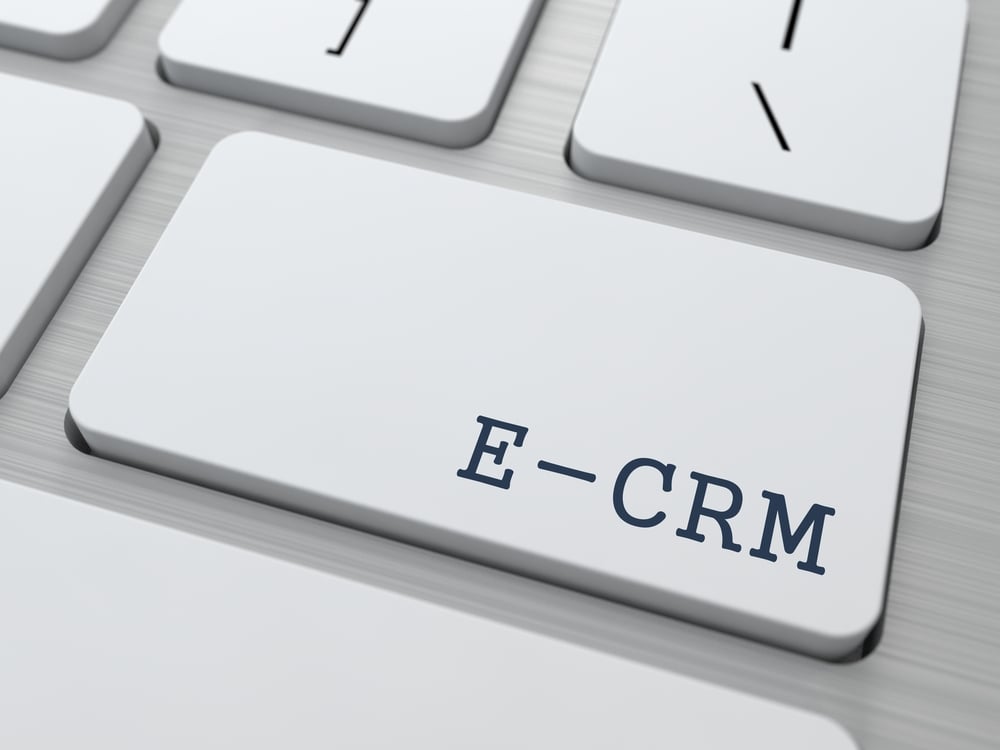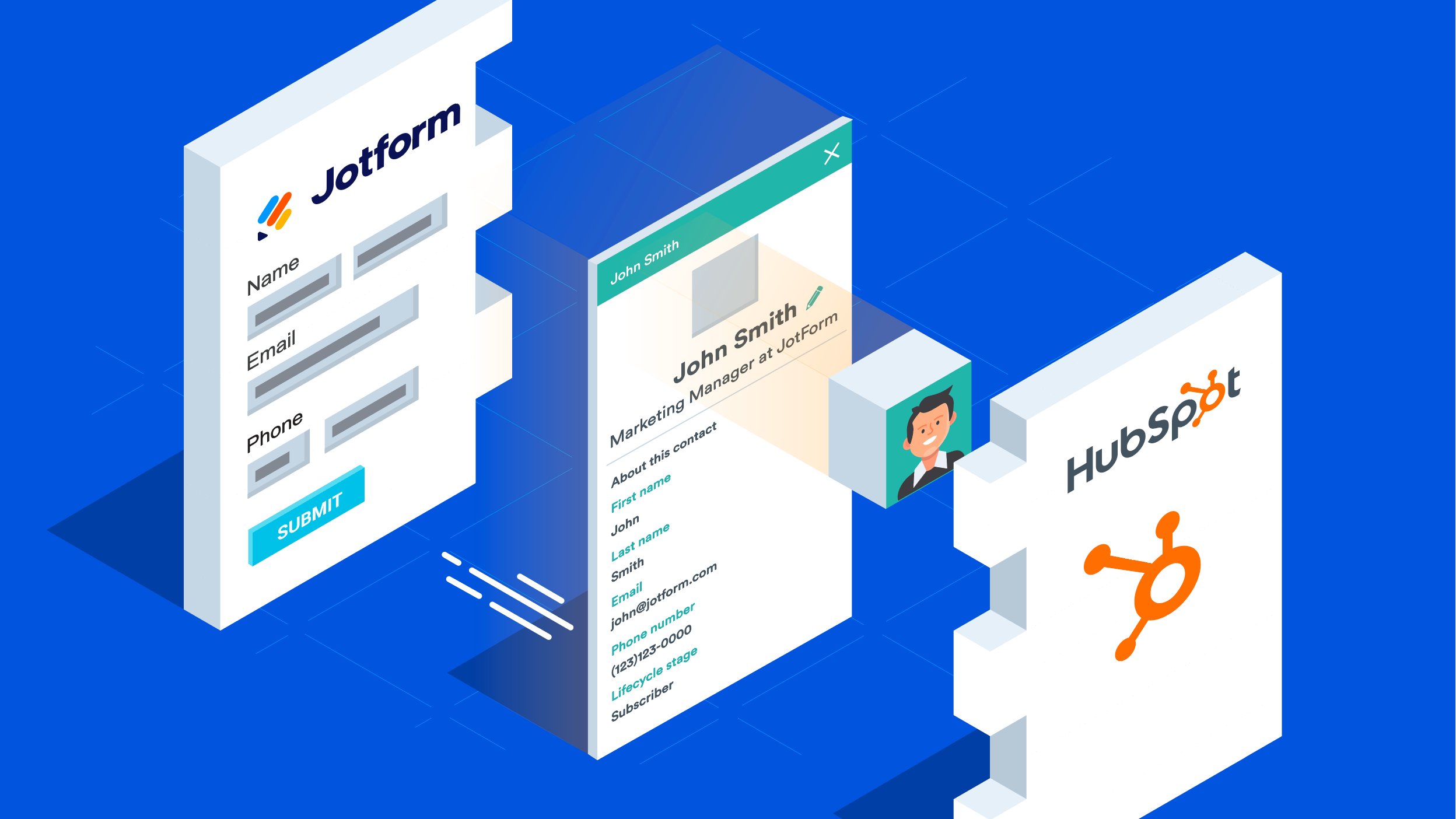How to Improve the Conversion Rate on Your e-commerce Site
If you want to increase sales on your e-commerce site, you should not only focus on traffic but also on your conversion rate. The higher your...
4 min read
Markezing Team : Sep 24, 2021 10:00:00 AM
%20(1).png)
We do a lot of work with accountants and bookkeepers. After all, before starting Markezing to help accountants manage their marketing, we were accountants ourselves — we still are. And it amazes us that so few of our clients manage and track their sales pipeline. Accountants and bookkeepers do an excellent job of helping their clients manage their cashflow and forecast revenue, but they rarely do it in their own business.
In this article we’ll explain why it’s so important to manage your sales pipeline and why having clearly defined deal stages and knowing which leads are in which stage is critical to your cashflow planning.
A sales pipeline helps your sales team manage and prioritise your leads while also giving your finance and management teams an indication of the revenue you expect to collect in coming months. You can use your sales pipeline to manage sales from new clients and sales to existing clients.
Sales teams find a pipeline useful because it visualises how their leads move through the purchase decision process and helps them engage with the sales leads that are most likely to convert in any given moment.
It’s important to recognise that not all leads will follow the same journey, nor will they move through the pipeline in the same way or at the same speed. But generally, they’ll move through the same stages before becoming customers.
While a sales pipeline is an effective tool for sales activity visibility, only those deals within the sales pipeline that are likely to close should be included in your forecasting or cashflow planning. Most marketing automation tools or CRMs will allow you to set a ‘likelihood to close’ percentage which forms the basis of your planning. But sales reps should still follow up with all of their leads until they’ve officially been categorised as ‘closed lost’ or similar (more on that below).
A deal stage is different from a customer journey, so while you may be familiar with terminology such as Lead, Marketing Qualified Lead and Sales Qualified Lead these are all pre-sales stages and don’t help sales teams understand the likelihood of each of leads to close. Nor do they help them explore visually which leads have been contacted and which haven’t.
There are no universally accepted deal stages. Each business is different and each customer journey is different. You’ll need to talk with your sales team and consider how you want to track each potential sale, but we can provide these examples as a rough guide:
Contacted: The lead has been contacted by the sales team through email or over the phone.
Appointment Set: The lead has requested a call, booked a consultation or a meeting.
Working: The lead is being worked by the sales rep, requirements are being scoped, negotiations are commencing.
Proposal: The lead is interested and has a proposal in front of them.
Opportunity Won: The deal has been made. The lead is now a customer.
Opportunity Lost: The lead has chosen another company or solution, or they’ve stopped replying to your sales team.
Sales pipelines help you plan forwards and backwards. If you set sales targets or revenue goals, your historical pipeline performance (e.g. conversion rates) tells you how many leads need to pass through each stage of the pipeline to hit your sales and revenue goals. Some companies call this approach a ‘backward sales plan’. A sales team could send this information to the marketing team and work collaboratively to hit the lead targets that will deliver the sales results.
When you’re forecasting your anticipated revenue, your sales pipeline is the single source of truth. You can use historical conversion rates to determine how many deals you’ll convert and how much revenue you’ll derive. The beauty of the sales pipeline is that you can do this for new deals (i.e. new clients won) or upgrades and upsells. For example, if you’re trying to sell a new service to your existing clients, track the stages in the same way and you’ll have a clear picture of anticipated upgrade revenue.
Here are some other benefits of tracking your deals through a sales pipeline:
Identifying resource gaps. Your sales pipeline also gives you a quick view of your sales team’s workload. Sales reps have a finite amount of time to engage with their leads so if you’re seeing leads stay in the same stage for a long time, you might need more salespeople.
Lead allocation inequity. Deal tracking helps you identify how many leads are being passed to individual sales reps, so you can adjust the allocation between reps or optimise your team’s responsibilities to ensure they’re working the best types of leads for them.
Lead prioritisation. You want your best reps getting the most leads.
Calculating sales cycle length. It’s not just conversion rates that help you forecast your revenue. The length of time it takes a lead to progress through the funnel also helps you predict when the revenue will hit.
Eliminating bottlenecks. If it appears as though leads are getting ‘stuck’ in a particular deal stage, you can optimise the way you interact with leads in that stage. For example, if it’s taking your team too long to send custom proposals, you might need to find a way to automate the proposal process.
Most marketing tools or CRMs will have a sales pipeline module that you can use out of the box to track your leads. Our preferred tool — HubSpot — has a deal tracking tool that also includes rapid deal creation, custom win probabilities for each stage of the pipeline and email tracking. Here’s a step-by-step guide to using HubSpot’s deal tracking.
While out of the box functionality is likely to be enough for your business, you should ensure that you’re tracking the right information. We recommend deals that capture:
Lead source. This is probably already captured by your marketing automation tool when the lead becomes a contact, but knowing where the leads have originated from (so you can optimise your marketing efforts) is crucial to sales and marketing planning.
Industry. To ensure the lead is a good fit make sure you capture industry when they first engage with your company. It will help you understand your ideal customer, help you customise proposals, target entire industries and prioritise leads.
Decision makers. Knowing who you need to convince to get a deal over the line helps you tailor your pitch and highlight the relevant pain points you’re solving to the right contact.
Deal size. You need to know how big each deal is to understand the value of your sales pipeline and whether you should prioritise one deal over another.
Probability to close. You can either set this automatically based on the ‘fit’ of the lead or you can ask your reps to attribute a ‘likelihood to close’ percentage based on their conversations and confidence. This figure helps them prioritise the hottest leads and helps your management team forecast anticipated revenue.

As advisors we’re excellent at recommending that our clients forecast their cashflow, but as business leaders sometimes we forget to do it ourselves. We rely on our consistent stream of client revenue without paying close enough attention to the new clients we’re trying to bring on board.
Deal tracking makes it easier, and ultimately, helps us practice what we’re preaching to our clients. Not just that, deal tracking helps your sales and marketing teams collaborate effectively, helps your sales team prioritise their time and gives you greater insight into your traditional customer journeys.
If you need help getting started with deal tracking, book some time with the team today.
.png)
If you want to increase sales on your e-commerce site, you should not only focus on traffic but also on your conversion rate. The higher your...
.png)
Using HubSpot and JotForm together to accelerates client onboarding, appointment scheduling, and data handling for financial services firms – with...

In the bustling business landscape of Auckland, New Zealand, efficiency is key for an accounting firm's success. The traditional reliance on paper...